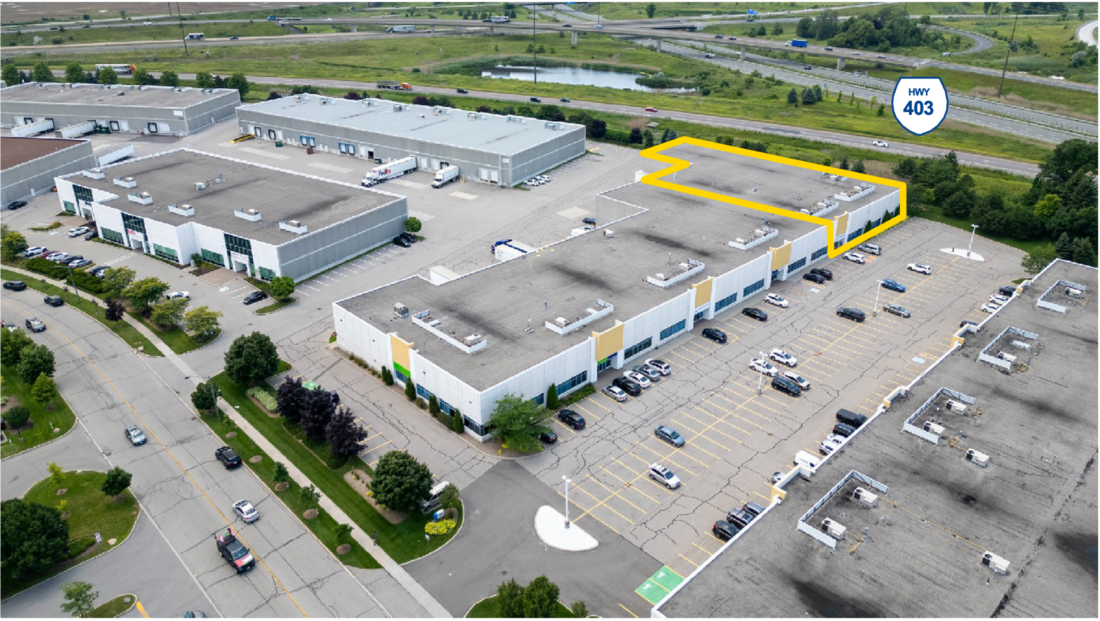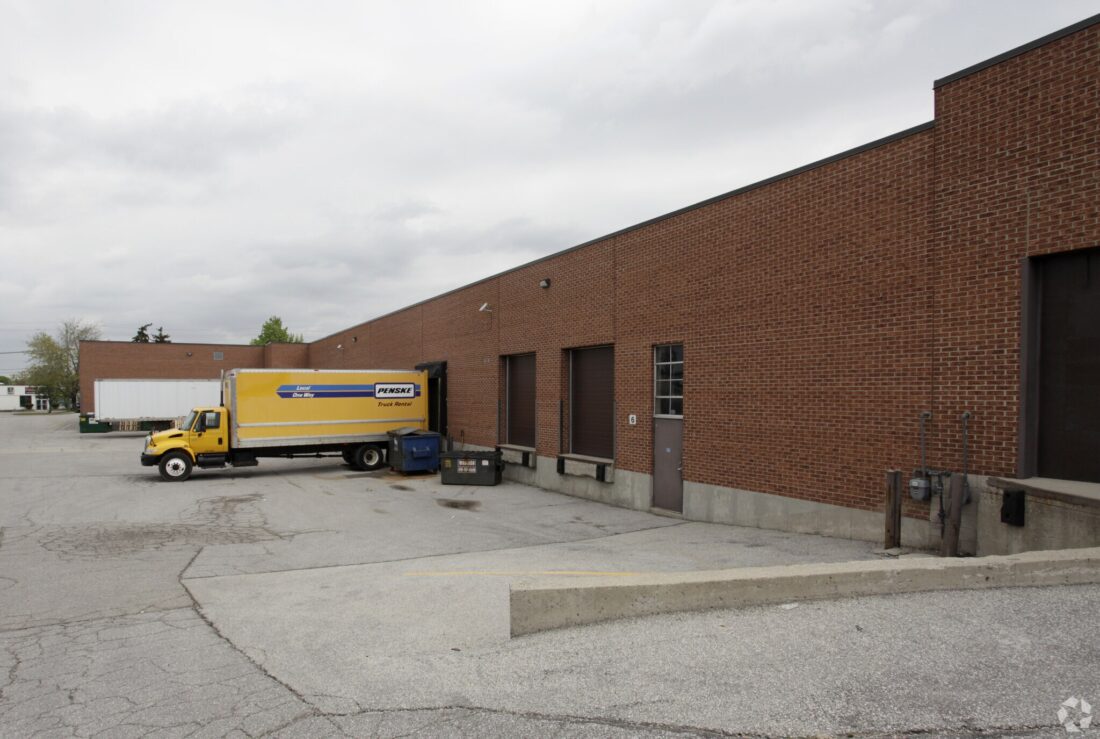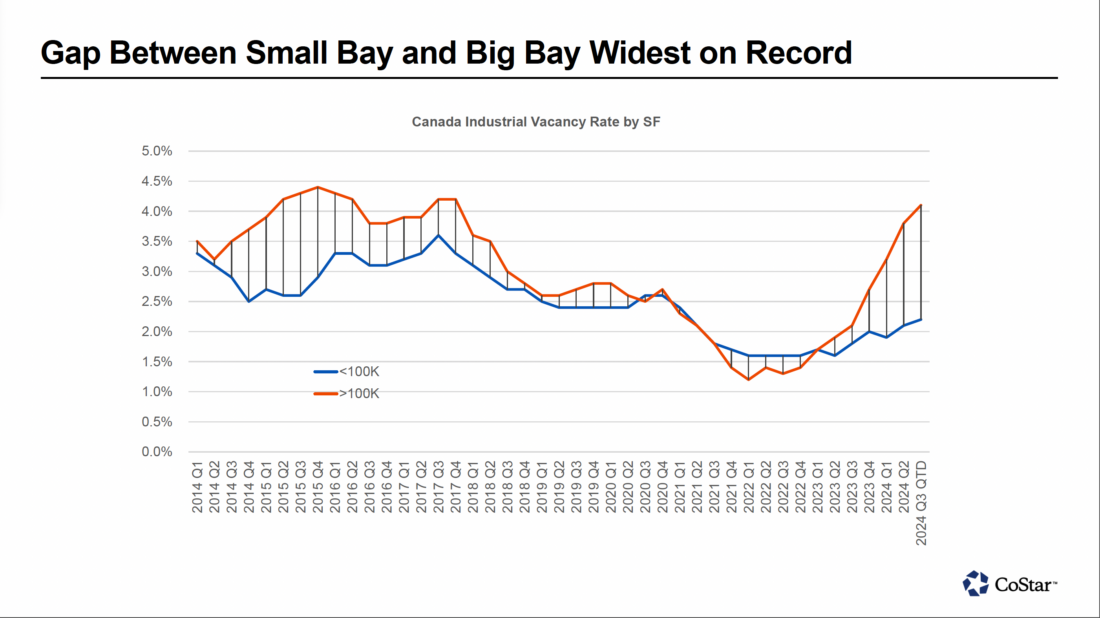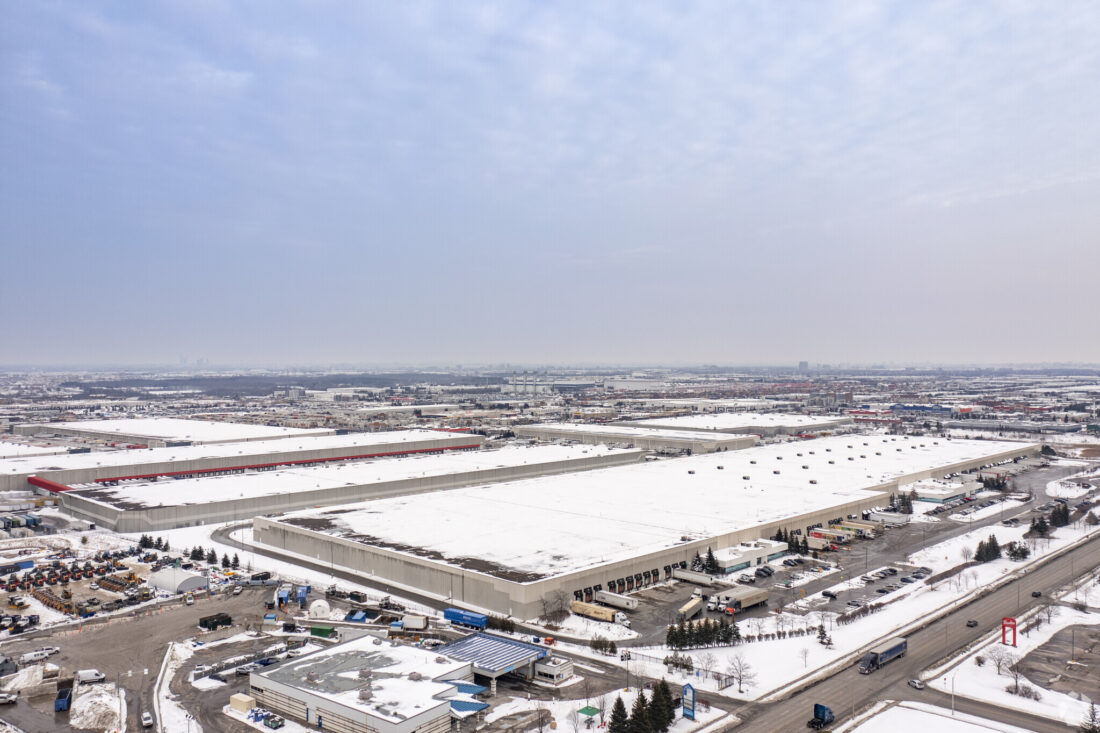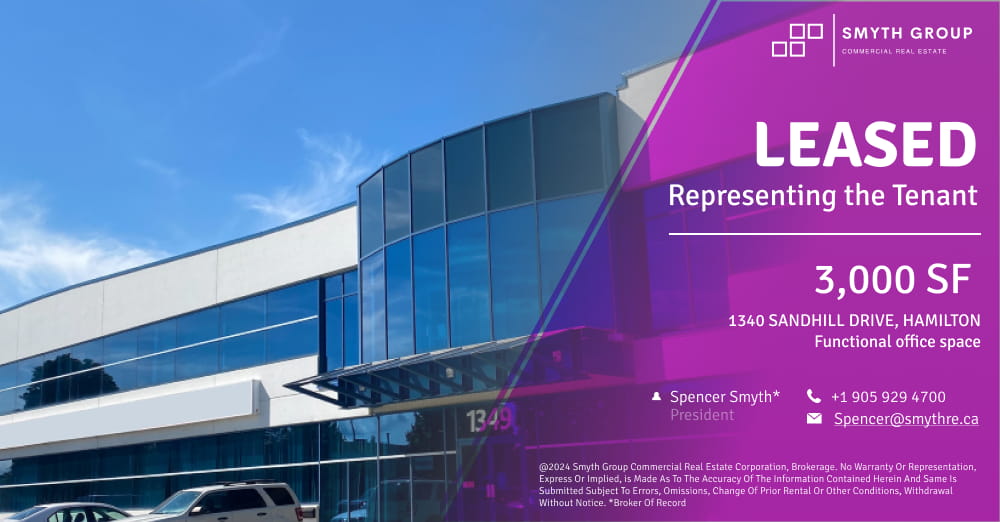
Navigating Ontario’s commercial real estate (CRE) sector requires a firm grasp of its unique terminology. Whether you’re an investor, entrepreneur, or a CRE specialist, understanding these terms is pivotal for making informed decisions and fostering effective communication.
Net Operating Income Explained
Net Operating Income (NOI) is a pivotal metric in the CRE landscape, offering insights into the profitability of income-generating real estate investments. Beyond the primary rental income, properties can accrue additional revenue through amenities like parking facilities, vending machines, and on-site laundry services.
NOI = Real Estate Revenue – Operating Expenses
Operating expenses encompass costs related to the property’s maintenance and operation, such as insurance, legal fees, utilities, property taxes, and repair charges. Capital expenditures, like the installation of a comprehensive HVAC system, aren’t included in this calculation.
Amortization Unveiled
Amortization pertains to the systematic division of a loan into scheduled payments, encompassing both the principal and interest components. Each payment incrementally reduces the principal loan amount while covering the lender’s interest. This distribution is mapped out in an amortization schedule, giving borrowers a clear repayment trajectory.
While many Ontario CRE loans adopt a full amortization structure, there are exceptions.
The Triple Net Lease Demystified
A Triple Net Lease (NNN lease) is a leasing agreement where the tenant shoulders not only the base rent but also a majority, if not all, of the property’s operational costs. This typically includes property taxes, insurance, and maintenance expenses.
NNN leases are prevalent in Ontario’s commercial spaces, including retail outlets, office buildings, and industrial sites, transferring significant financial responsibilities from the landlord to the tenant.
Cash-on-Cash Return: A Deep Dive
Cash-on-Cash return is a favoured metric in CRE, gauging the cash income relative to the cash invested in a property.
Cash-on-Cash Return = Annual Pre-Tax Cash Flow / Total Cash Invested
This ratio offers investors a transparent view of the cash returns on their invested capital, facilitating efficient investment evaluations and comparisons.
Understanding Sale-Leaseback in CRE
A sale-leaseback is a strategic financial maneuver. Here, a property owner sells their asset only to lease it back from the buyer. This tactic unlocks capital tied to the property, which can be redirected toward business expansion, debt repayment, or other ventures.
Annual Percentage Rate (APR) in Focus
The Annual Percentage Rate (APR) encapsulates a loan’s genuine yearly borrowing cost. It amalgamates the interest rate with any associated loan fees, offering borrowers a comprehensive view of their financing costs.
In Ontario’s CRE domain, lenders might levy various charges, from origination to appraisal fees. The APR consolidates these costs, enabling borrowers to discern the actual loan cost and facilitating informed comparisons between financing options.
Deciphering Debt Yield
Debt yield is a lens through which commercial mortgage lenders in Ontario assess loan-associated risks. It evaluates the speed at which a lender could recoup their investment in case of a default.
Debt Yield = NOI / Loan Amount
This metric is gaining traction among lenders as it offers a more transparent risk assessment, especially when compared to other methods that prevailing interest rates or elongated amortization timelines might skew.

